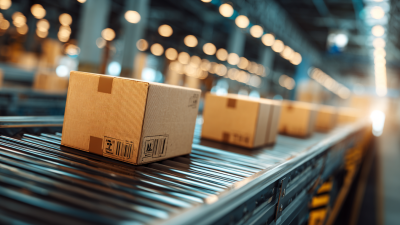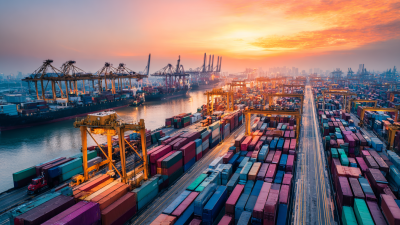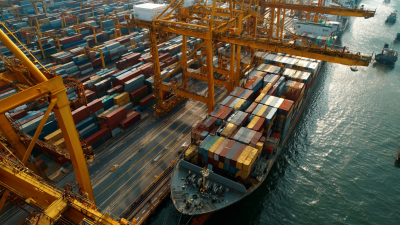In recent years, the surge of sea freight shipping has profoundly transformed global trade dynamics, becoming the backbone of international supply chains. According to the World Trade Organization, over 80% of global freight is transported by sea, underlining the critical role that this mode of transport plays in facilitating commerce.
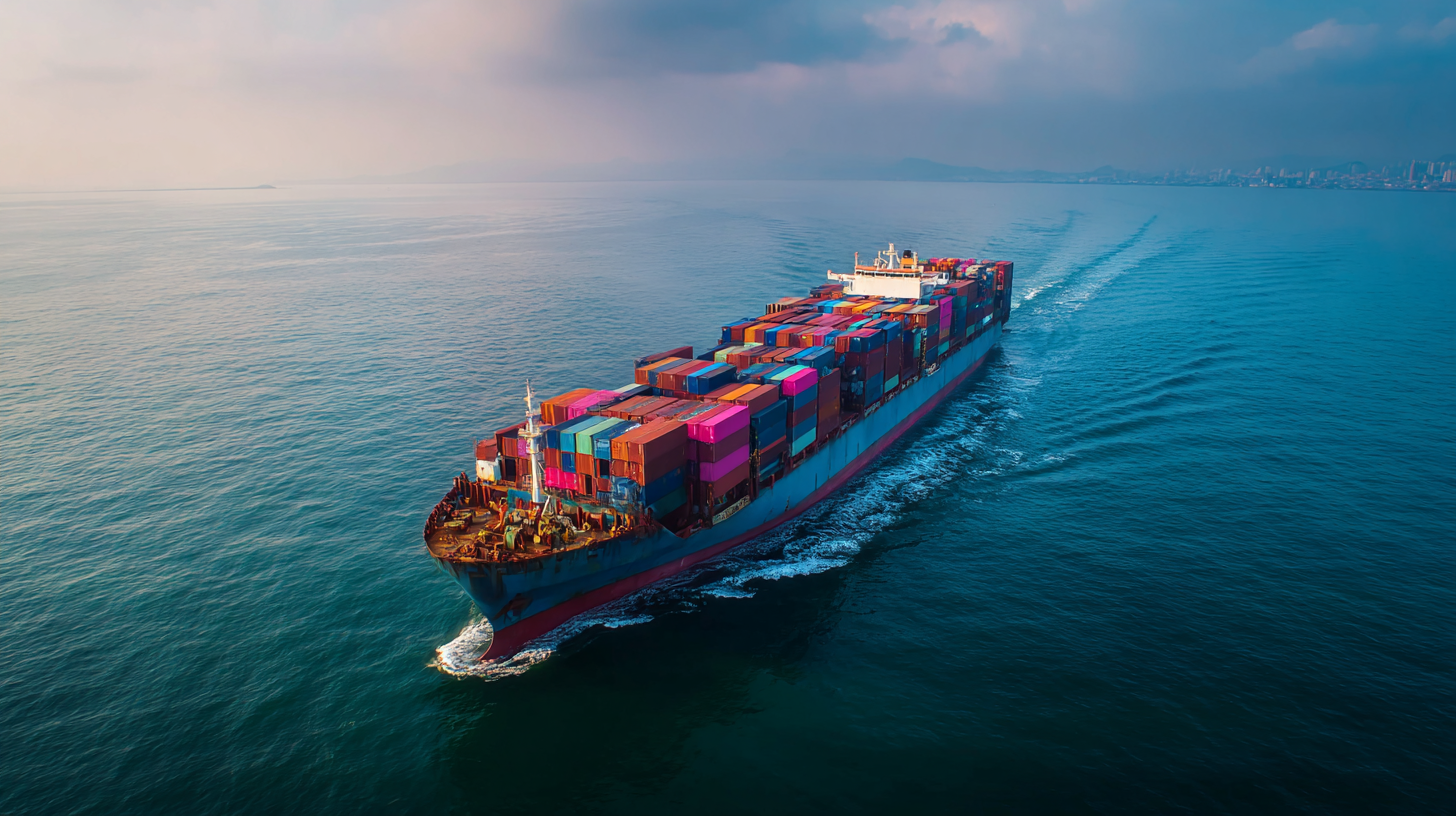
The 2021 reports from the International Maritime Organization revealed a staggering increase in container shipping volumes, reaching a record high of 200 million TEUs, driven by growing consumer demand and the expansion of e-commerce. As businesses seek cost-effective and efficient logistics solutions, sea freight shipping not only offers a viable alternative to air freight but also contributes significantly to reducing carbon footprints, given its lower emissions per ton-mile.
This article explores the implications of the sea freight shipping surge on supply chains and provides insights into its future trajectory amidst evolving trade patterns and technological advancements.
The recent surge in sea freight shipping can be attributed to several key factors.
Firstly, the recovery of global economies post-pandemic has led to an unprecedented demand for goods. As consumers returned to the market with increased purchasing power, manufacturers ramped up production, which in turn created a bottleneck in shipping capacity. This surge in demand has pushed shipping lines to further invest in their fleet and operations, resulting in increased shipping rates and extended delivery times.
Additionally, the pandemic highlighted vulnerabilities in supply chains, prompting companies to reevaluate their logistics strategies. Many businesses have shifted towards diversifying their suppliers and choosing long-term partnerships with reliable shipping carriers. Furthermore, geopolitical tensions and changes in trade policies have necessitated a shift toward maritime logistics, making sea freight a preferred choice for many traders navigating these complexities.
Tips: When considering sea freight for your business, always evaluate the reliability of the shipping carrier and their service quality.
Planning ahead and booking early can also help in managing costs and reducing delays. Lastly, keep abreast of global events that may impact shipping routes and costs to make informed decisions for your supply chain.
The sea freight shipping industry has undergone a remarkable transformation, thanks to advancements in technology that are enhancing logistics efficiency and reshaping global supply chains. Key innovations such as the Internet of Things (IoT), artificial intelligence (AI), and blockchain are enabling real-time tracking of vessels and cargo, thereby reducing delays and optimizing routes. According to a recent report by McKinsey, digital technologies could save the global shipping industry up to $1.6 trillion annually by improving operational efficiencies and reducing waste.
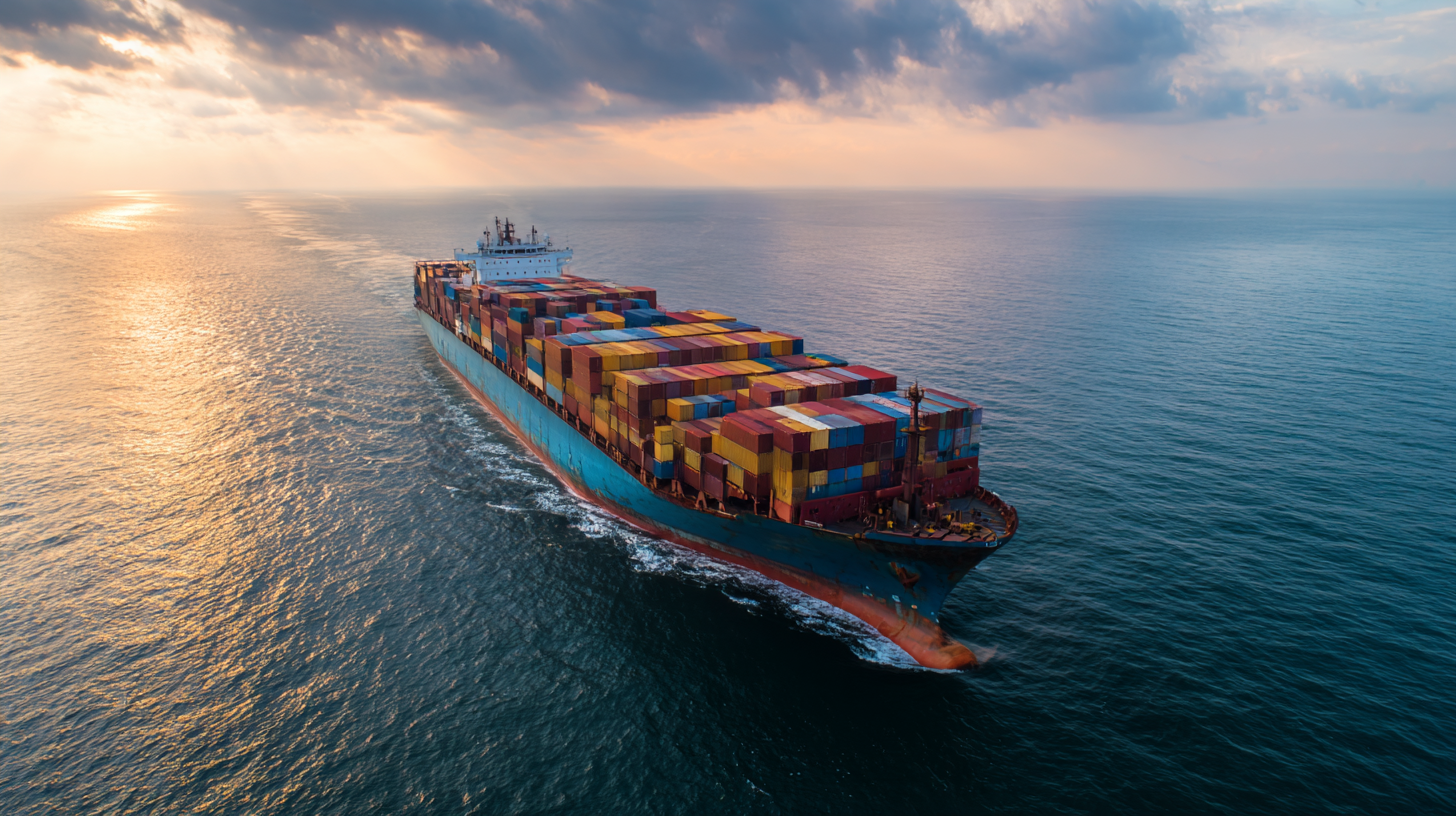
Furthermore, the implementation of advanced data analytics allows shipping companies to forecast demand more accurately and manage inventories effectively. A study by Deloitte notes that leveraging predictive analytics and big data can lead to a 20% reduction in operational costs. Additionally, blockchain technology is emerging as a vital tool for enhancing transparency and security within the supply chain, with nearly 20% of maritime leaders indicating they are investing in blockchain solutions to streamline documentation processes and reduce fraudulent activities.
As these technologies continue to proliferate in the sea freight sector, their impact on global trade dynamics and supply chain resilience becomes increasingly significant, highlighting the need for businesses to adapt and innovate in this rapidly evolving landscape.
The surge in sea freight shipping has significantly transformed global supply chains, driven by increased demand for goods and a robust recovery in global trade. According to a report by the International Maritime Organization, the volume of seaborne trade is projected to grow by 3.4% annually, reaching over 12 billion tons by 2025. This shift not only highlights the importance of maritime logistics but also emphasizes the adaptability of supply chains to fluctuating trade patterns.
Moreover, recent analyses, such as those from McKinsey & Company, indicate that companies are beginning to invest more in digitization and technology to optimize their shipping processes. With over 60% of global trade by value transported by sea, the reliance on efficient sea freight systems is paramount. The introduction of advanced tracking systems and blockchain technology is facilitating greater transparency and reliability in shipping operations, minimizing delays and reducing costs. As businesses adjust to these sea freight trends, they can maintain competitive advantages and enhance their resilience against the disruptions witnessed in the logistics industry.
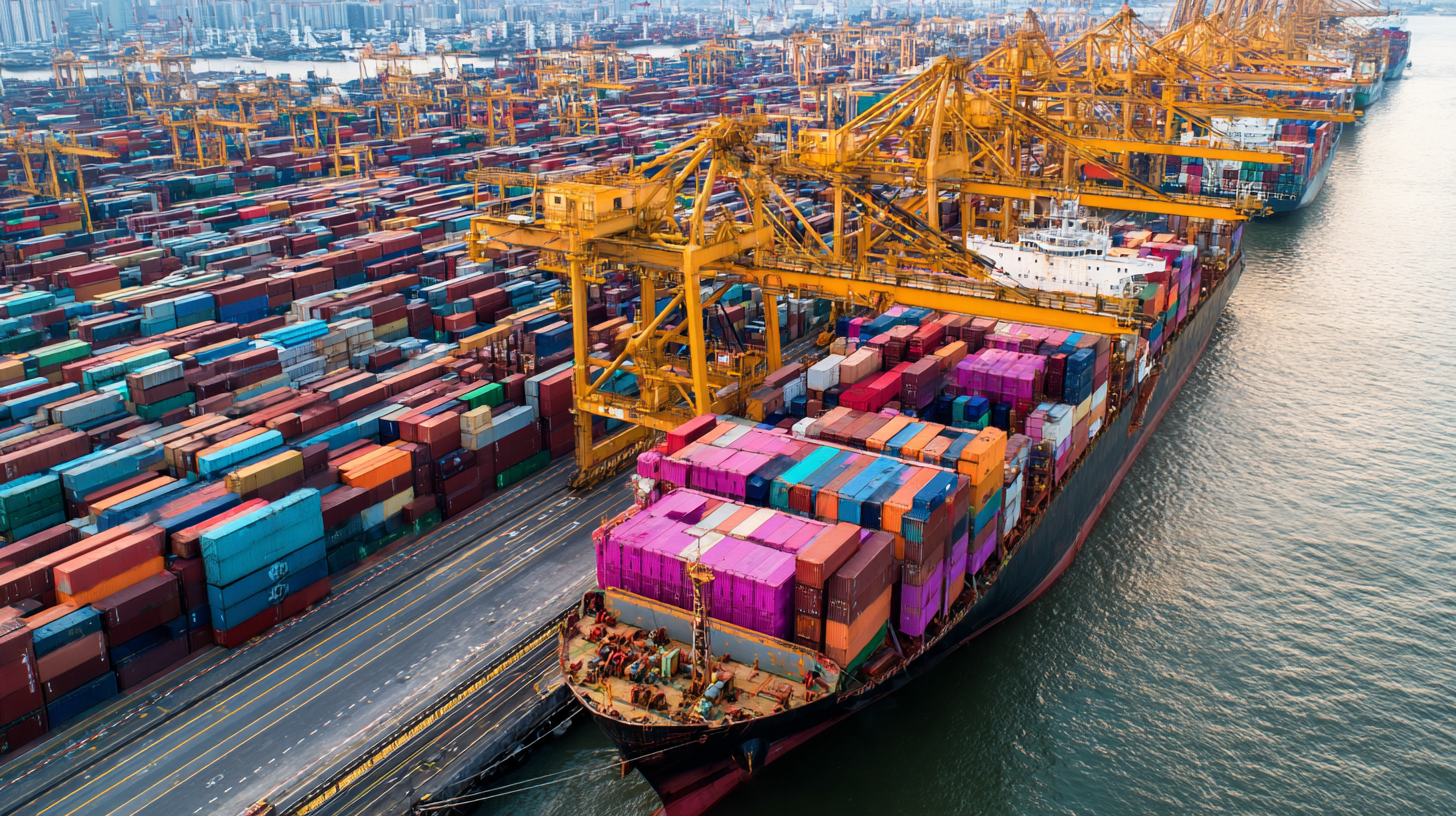
As the surge in sea freight shipping continues to reshape global trade dynamics, businesses must adopt new strategies to navigate these changes effectively. One critical approach is diversifying shipping routes and partners. By avoiding over-reliance on a single shipping lane or carrier, companies can mitigate risks associated with disruptions, such as port congestion or geopolitical tensions.
Investing in technology to enhance visibility across the supply chain can also help businesses respond promptly to fluctuations in shipping conditions.
Furthermore, companies should focus on building strong relationships with logistics providers. Collaboration with third-party logistics (3PL) companies can unlock new efficiencies and insights, allowing businesses to optimize their shipping processes. Additionally, leveraging data analytics can facilitate better demand forecasting and inventory management, ensuring that businesses are prepared for varying shipping times and costs. By embracing these strategies, businesses can not only adapt to the evolving shipping landscape but also enhance their overall resilience in a competitive global market.
The increasing emphasis on sustainable trade is reshaping sea freight shipping, posing both challenges and opportunities for the global supply chain. Maritime transport, responsible for over 80% of the world’s goods, is a significant contributor to greenhouse gas emissions, accounting for 2-3% of global total. As the international community charts a course toward decarbonization by 2050, the shipping industry must adopt innovative technologies and sustainable practices to reduce its environmental footprint. Efforts to transition towards carbon-free shipping highlight the urgent need for collaboration among stakeholders, including shipping companies, environmental organizations, and policymakers.
While the transition to sustainable logistics presents hurdles, such as the necessity for investments in cleaner fuel alternatives and the adaptation of infrastructure, it also opens avenues for growth in green technologies. Companies are increasingly exploring eco-friendly solutions within their logistics frameworks, recognizing that consumer demand for transparency and sustainability is at an all-time high. The integration of sustainable practices not only contributes to environmental conservation but also ensures a resilient supply chain better equipped to respond to disruptions. Thus, the maritime sector stands at a crucial juncture where embracing sustainability can drive both economic and ecological benefits.
| Dimension | Data Point | Current Trends | Challenges | Opportunities |
|---|---|---|---|---|
| Market Growth Rate | 8.5% | Increase in E-commerce Demand | Congestion in Major Ports | Expansion of Digital Solutions |
| Emission Levels | 2.5% of Global CO2 | Increased Regulation on Emissions | Stricter Environmental Policies | Investments in Green Technologies |
| Average Transit Time | 25 days | Adaptation to Just-in-Time Strategies | Delays Due to Weather and Logistics | Enhanced Route Optimization |
| Container Shipping Capacity | 23 million TEUs | Large Scale Fleet Expansion | High Operating Costs | Potential for New Trade Routes |
| Technology Adoption Rate | 45% | Digital Transformation in Shipping | Resistance to Change in Traditional Practices | Smart Port Initiatives |
